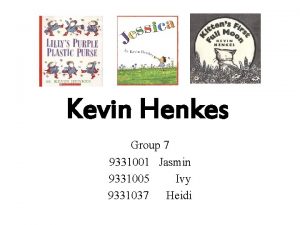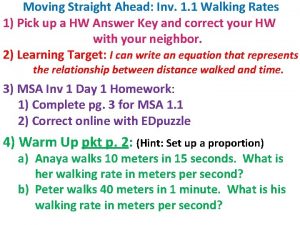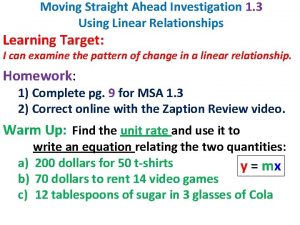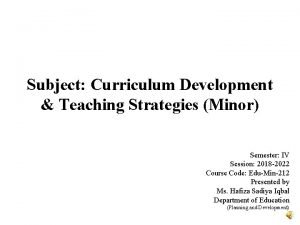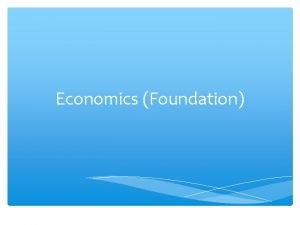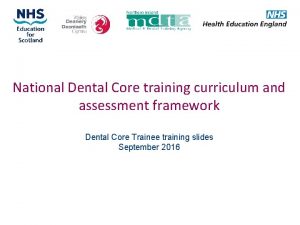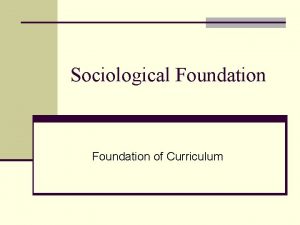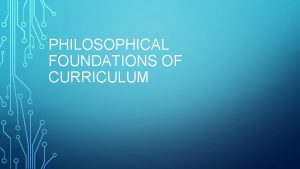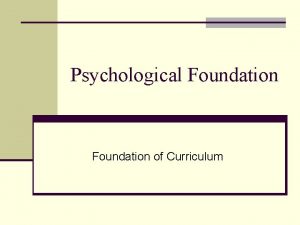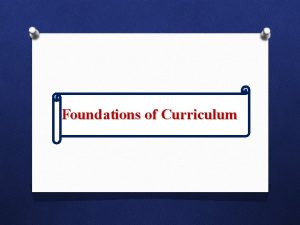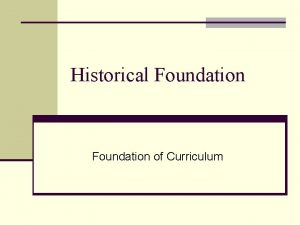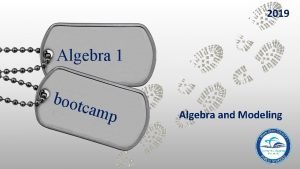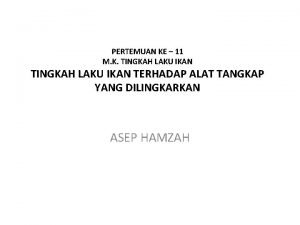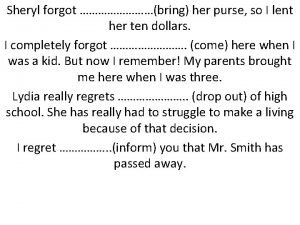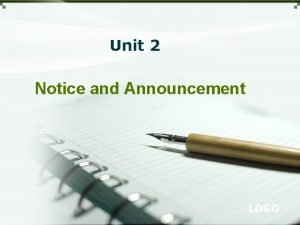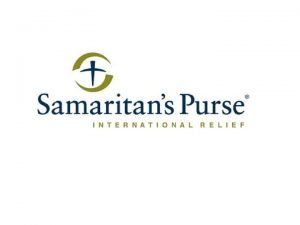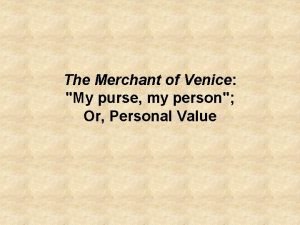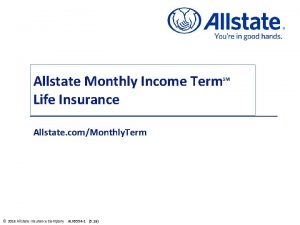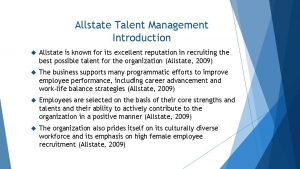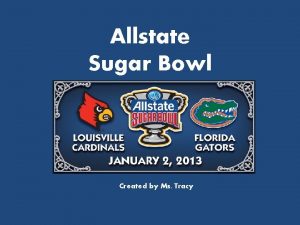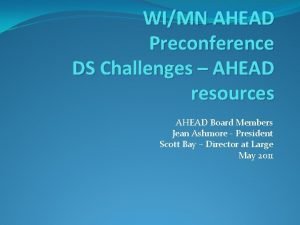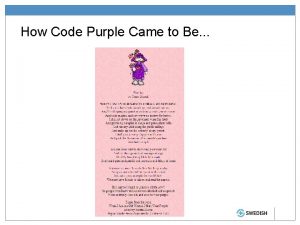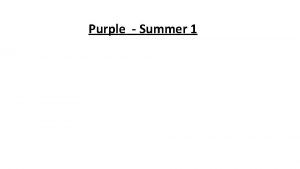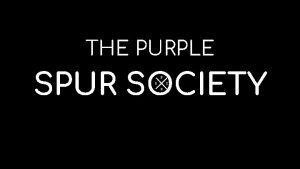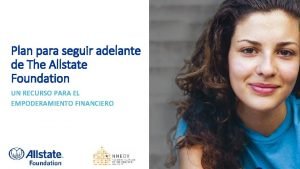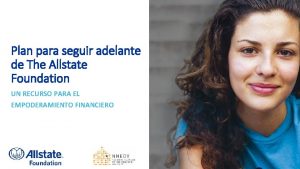Allstate Foundation Purple Purse Moving Ahead Curriculum A
























- Slides: 24

Allstate Foundation Purple Purse Moving Ahead Curriculum A Financial Empowerment Resource

Curriculum Overview MODULE 1 Understanding Financial Abuse. Keeping Safe and Starting Over MODULE 2 Learning Financial Fundamentals MODULE 3 Mastering Credit Basics-Reviewing, Understanding and Improving Your Credit MODULE 4 Building Financial Foundations-Homes, Loans and Automobiles MODULE 5 Creating Budgeting Strategies-Saving and Investing, Insurance and Education

Allstate Foundation Purple Purse Moving Ahead Curriculum MODULE 2 Learning Financial Fundamentals

MODULE 2 Learning Financial Fundamentals Objectives: • Finance Management • Budgeting and Saving • Assets and Liabilities • Banking Options

Module 2: Opening Exercise • On a scale of 1 – 10, how comfortable are you with your personal finances? • Do you budget regularly? • For those who don’t, why not? • For those do budget, what do you get out of it?

Purple Purse Moving Ahead Curriculum MODULE 2 Finance Management

Module 2: Finance Management Getting Started • Become Informed • Knowledge can help overcome fears • Talk to friends and co-workers you trust; ask them for advice • Access trusted websites for easy-to-understand information • Worst-Case Scenario • “What’s the worst that can happen? ” • Create a plan to handle worst-case scenario • Take Action • Set small, obtainable goals and begin working toward them There will be set-backs along the way; don’t let them derail your attempts at financial stability.

Module 2: Finance Management Prioritizing Expenses It is important to distinguish between “needs” vs. “wants” when making financial decisions. Needs • A must have in order to survive, such as food and shelter • Example: A glass of water Wants • Not an essential; makes life easier or more enjoyable • Example: An expensive sparkling, bottled water

Purple Purse Moving Ahead Curriculum MODULE 2 Budgeting and Saving

Module 2: Budgeting and Saving Why Budget? • Financial planning starts with a budget • A budget is a tool that can help you make critical spending decisions. • A budget can be a useful to help keep spending on track and uncover unnecessary expenses • Debt is common in the United States • Don’t let anxiety over debt keep you from budgeting and taking steps toward financial security

Module 2: Budgeting and Saving Steps to Creating a Budget Step 1: Identify Net Monthly Income • Money that comes into your household, after deductions Step 2: Identify Monthly Expenses • Such as rent, utilities, insurance, and other expenses like food • Distinguish between fixed and flexible expenses Step 3: Subtract Total Expenses from Total Income • If negative, can your expenses be reduced? Or is it possible to earn more income? • If on paper there should be funds left over but you often run out of money, figure out where your “spending leaks” are.

Module 2: Budgeting and Saving Sample Budget: Fixed Expenses Monthly Income: Monthly Fixed Expenses: Rent / Mortgage Health / Medical Insurance Vehicle Insurance Other Insurance/s Vehicle Payment/s Other Loan Payments Long-Term Savings Emergency Savings Other (list)

Module 2: Budgeting and Saving Sample Budget: Flexible Expenses Monthly Flexible Expenses: Utilities (electric, gas, water, etc. ) Credit Card Payments Auto Upkeep (gas, maintenance, etc. ) Food (at home and eating out) Household Supplies Recreation / Entertainment Childcare Personal Allowances Other (list) Total Monthly Expenses Total Income Minus Total Expenses

Module 2: Budgeting and Saving Emotional Spending: Budget Buster • For many of us, emotions and money can be closely tied • When leaving a controlling and abusive relationship, many will finally feel free to spend how they want • Address emotional spending by: • Planning for economical ways to enjoy new freedom • Creating a timeline and remind yourself of your financial goals • Examine your feelings and notice when you’re being tempted to overspend

Module 2: Budgeting and Saving Having Fun Without Breaking the Bank Include your kids when creating the family financial goals. This can be helpful when tough decisions need to be made.

Module 2: Budgeting and Saving Start Saving • Ideally, an emergency savings fund should have enough money to cover 3 - 6 months of living expenses (the ‘needs’) • Start with a realistic savings goal, i. e. one month’s housing • Once you meet that goal, you can add to it • Start now and be consistent • Better to save $10 every month than $25 when you have it make compound interest work for you • Automatic transfer or direct deposit can build your savings over time • Saving just $10 a month at 2% interest would grow to over $630 in 5 years

Module 2: Budgeting and Saving Types of Savings Accounts Interest-Earning Savings Account • Typically these accounts will earn you the least interest of all the options; however they are safe and a good place to start. Money Market Accounts: • These typically pay about. 5% higher interest than a traditional savings account • May require a higher minimum balance. • There are limits on the number of transactions allowed per month. Certificates of Deposit (CD) • May be a good option for funds you won’t need to access for a specific amount of time; • Terms can be 3 months to 6 years. • There are penalties for early withdrawals, so choose a term you can live with.

Purple Purse Moving Ahead Curriculum MODULE 2 Assets and Liabilities

Module 2: Assets and Liabilities Assets Collections • What is an asset? • An asset is property owned by a person or company that has value and is available to meet debts or commitments • It is important to take stock of your assets: individually owned assets, jointly owned assets, and assets owned by your partner Cars Insurance Real Estate Cash / Bank Accounts / Investments • An asset is what you own! Assets

Module 2: Assets and Liabilities Identifying Liabilities • What is a liability? • A liability is a legally binding obligation that is payable to another person or company. • It is important to take stock of your liabilities: individually owned liabilities, jointly owned liabilities, and liabilities owed by your partner. Loans Credit Cards Payment Plans • A liability is what you owe! Liabilities

Purple Purse Moving Ahead Curriculum MODULE 2 Banking Options

Module 2: Banking Options Find What Works For You • Banks: financial institutions that accept deposits and channel money into lending activities. Traditional banks serve the general public. • Credit Unions: community-based financial cooperatives that offer a wide range of services and serve their members. • Check Cashing Stores: businesses that cash checks for a fee; generally about 4% of the amount of the check. Did you know? Unbanked consumers are about 6 times more likely to use costly check- cashing services. Payday Lenders & Car Title Loans: provide small cash advance, short-term loans, typically with very high interest rates; some are as high as 400% APR.

MODULE 2 Learning Financial Fundamentals Check In Questions: • What did you learn that you didn’t know before? • What tools have you learned to help stay on track with your budget? Do you have any tricks you have used to help you maintain your budget? • What feelings came up for you that might be helpful when thinking about budgeting?

Allstate Foundation Purple Purse Moving Ahead Curriculum MODULE 2 Learning Financial Fundamentals
 Allstate foundation moving ahead grants
Allstate foundation moving ahead grants Lilly's purple plastic purse summary
Lilly's purple plastic purse summary Moving straight ahead answer key
Moving straight ahead answer key Moving straight ahead investigation 1
Moving straight ahead investigation 1 April savoy allstate
April savoy allstate Pad foundation section
Pad foundation section Composition of urine slideshare
Composition of urine slideshare Pragmatism and curriculum
Pragmatism and curriculum Economic foundation of curriculum
Economic foundation of curriculum Dental core training
Dental core training Social foundation of curriculum
Social foundation of curriculum Philosophical foundation of curriculum
Philosophical foundation of curriculum Psychological foundation of curriculum
Psychological foundation of curriculum Different foundations of curriculum
Different foundations of curriculum Historical foundation of curriculum
Historical foundation of curriculum Curriculum trends in idealism
Curriculum trends in idealism Algebra bootcamp answers
Algebra bootcamp answers Tingkah laku ikan terhadap alat tangkap purse seine
Tingkah laku ikan terhadap alat tangkap purse seine Sheryl forgot her purse so i lent her ten dollars
Sheryl forgot her purse so i lent her ten dollars Purse seine vs drift net
Purse seine vs drift net Open english
Open english Must reported speech
Must reported speech History of samaritan's purse
History of samaritan's purse Chi lin purse
Chi lin purse My purse my person the merchant of venice
My purse my person the merchant of venice

